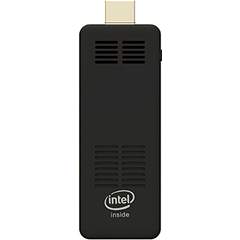Technological advances in automobiles and particularly in aides for the driver have enjoyed some significant advances of late. While many advances may have been aimed at making a driverless car possible; some could also improve the safety and ease of driving. Take, for instance, a cruise control that can be set to follow the car in front of you and a lane maintaining system that can keep your car centered in a specific lane. Combine these two and it sounds like you could get in position, set the controls, and take a nap on your way to a destination.
We may still be a bit away from the time when auto-driving cars are common let alone dominating the morning commute, but the technologies to make that possible are real if not matured. By setting up cars to form a network so they can exchange data: relative position, speed, obstacles, and planned path, the future seems attainable. The fly in the ointment would be older cars in the “pack” that can’t share and agree upon who goes where. Oh! And let us not forget the unanticipated factors of weather, animals, landslides, rocks in the road, etc. All of that will take some serious development to manage.
Back to the current advances. I have seen advertisements for cars that have “following” modes for the cruise control; presumably, that would maintain a preset distance between your vehicle and whichever vehicle happens to be directly in front of you. I have also seen advertisements for cars (same brand and others) that have a lane holding system (keeps the car centered in a given lane). Finally, a system that would let you set your cruise control on your RV and ease back to grab a beverage. I am not certain our current level of sophistication will allow such features to be used safely. Admittedly, both could make driving considerably safer if the driver remains alert and in a position to override the automatic features; but, how alert will a driver remain if their continuous input is not needed?
It looks to me like a lot of computer power and sophisticated programming will be required to take the next steps in semi-automation and full automation of vehicle operation. I believe the computer power is available and can be made small enough and rugged enough to survive vehicle operation; but, getting the software matured sufficiently to hand all (or almost all) possible situations safely is going to take some time and some changes to our highways, streets, and our expectations. I also look forward to improvements in the various sensors, locating devices, and cameras to help bring us through the next steps.


